Astronomers just discovered the sneaky asteroid on July 26.
NASA astronomers discovered that a large asteroid will zoom past Earth on Aug. 4, missing our planet by millions of miles.
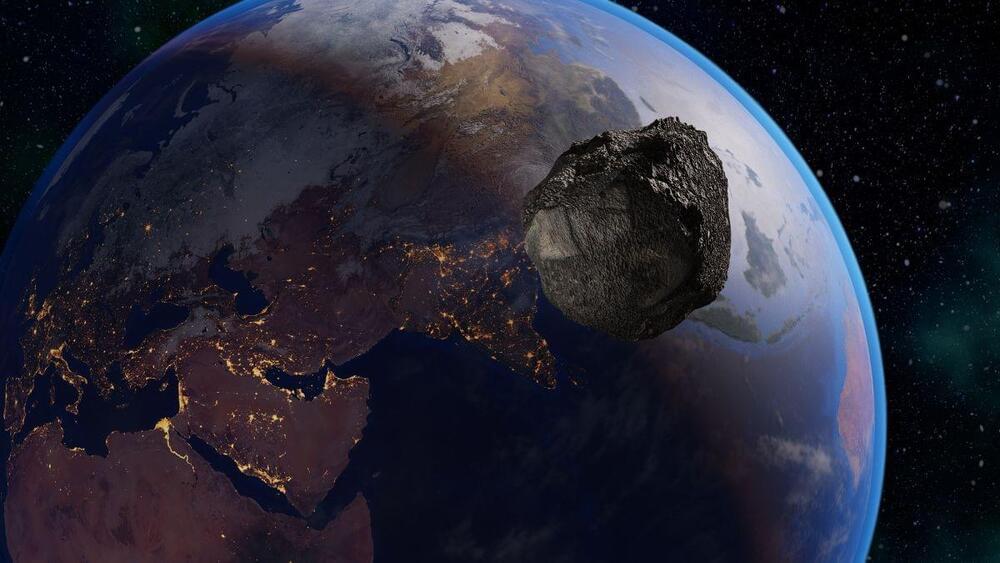
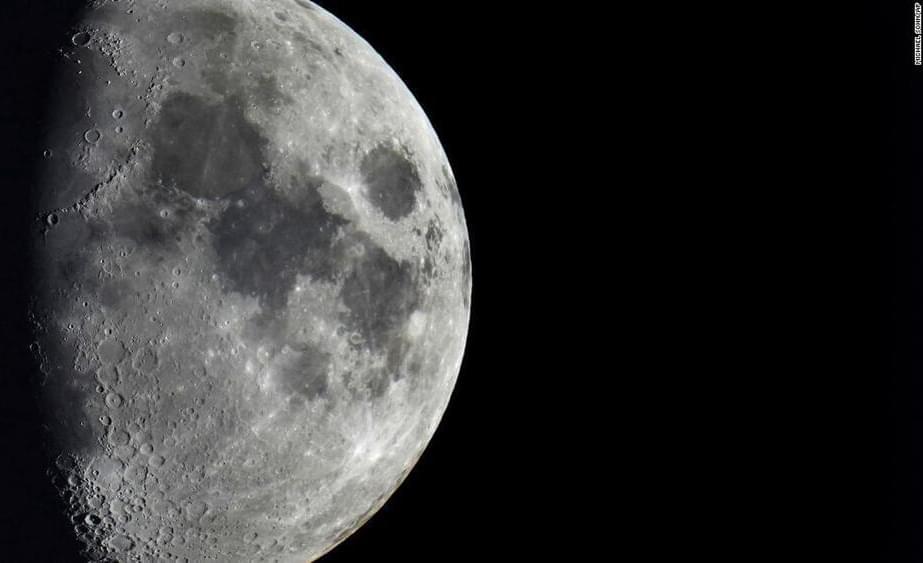
Unlike the moon’s surface, which heats up to 260 degrees Fahrenheit (127 degrees Celsius) during the day and drops to minus 280 degrees Fahrenheit (minus 173 degrees Celsius) at night, these lunar pits in the Mare Tranquillitatis region have a human-friendly, stable temperature.
(Mare Tranquillitatis, commonly known as the Sea of Tranquility, is where Apollo 11, the first mission to put humans on the moon, landed due to its smooth and relatively flat terrain.)
The data comes from an analysis of images taken by NASA’s Lunar Reconnaissance Orbiter spacecraft and computer modeling.

While driven by the desire to pursue curiosity, fundamental investigations are the crucial first step to innovation.
When scientists announced their discovery of gravitational waves in 2016, it made headlines all over the world. The existence of these invisible ripples in space-time had finally been confirmed.
It was a momentous feat in basic research, the curiosity-driven search for fundamental knowledge about the universe and the elements within it. Basic (or “blue-sky”) research is distinct from applied research, which is targeted toward developing or advancing technologies to solve a specific problem or to create a new product.
But the two are deeply connected.

A special bonding state between atoms has been created in the laboratory for the first time: With a laser beam, atoms can be polarized so that they are positively charged on one side and negatively charged on the other. This makes them attract each other creating a very special bonding state—much weaker than the bond between two atoms in an ordinary molecule, but still measurable. The attraction comes from the polarized atoms themselves, but it is the laser beam that gives them the ability to do so—in a sense, it is a “molecule” of light and matter.
Theoretically, this effect has been predicted for a long time, but now scientists at the Vienna Center for Quantum Science and Technology (VCQ) at TU Wien, in cooperation with the University of Innsbruck, have succeeded in measuring this exotic atomic bond for the first time. This interaction is useful for manipulating extremely cold atoms, and the effect could also play a role in the formation of molecules in space. The results have now been published in the scientific journal Physical Review X.


Researchers have reported the discovery of an exoplanet orbiting Ross 508 near the inner edge of its habitable zone.
Researchers have uncovered a list of 3,207 mobile apps that are exposing Twitter API keys in the clear, some of which can be utilized to gain unauthorized access to Twitter accounts associated with them.
The takeover is made possible, thanks to a leak of legitimate Consumer Key and Consumer Secret information, respectively, Singapore-based cybersecurity firm CloudSEK said in a report exclusively shared with The Hacker News.
“Out of 3,207,230 apps are leaking all four authentication credentials and can be used to fully take over their Twitter Accounts and can perform any critical/sensitive actions,” the researchers said.
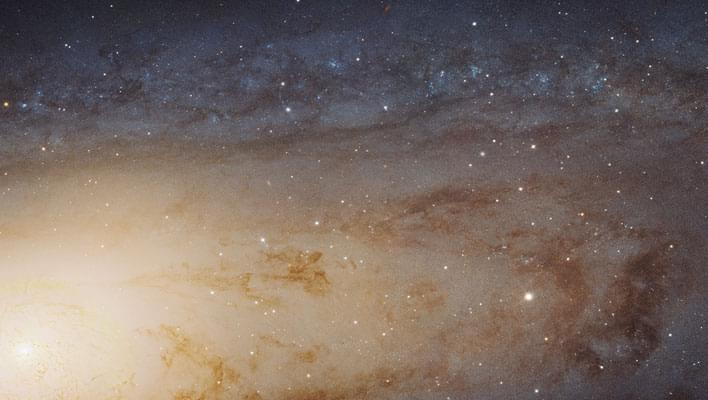
Hubble has taken somewhat of a backseat since the James Webb Space Telescope (JWST) began taking its first high resolution images of deep space last month. The first images shared by NASA from the newest space telescope were truly awe inspiring. But the space agency does not want you to forget one of its predecessors, the Hubble telescope, which has been inducing oohs and ahhs with its photos of space since its launch and deployment by the space shuttle Discovery in 1990.
One of the images that enamored viewers seven years ago, was recently shared by NASA on its Instagram feed once again. The image captured a sweeping bird’s-eye view of the Andromeda galaxy (M31), and is the sharpest large composite ever taken of the Milky Way’s neighbor. Even though Andromeda resides over 2 million light-years away, Hubble showed its photographic prowess to resolve individual stars in a 61,000 light-year-long stretch of the galaxy’s pancake-shaped disk.
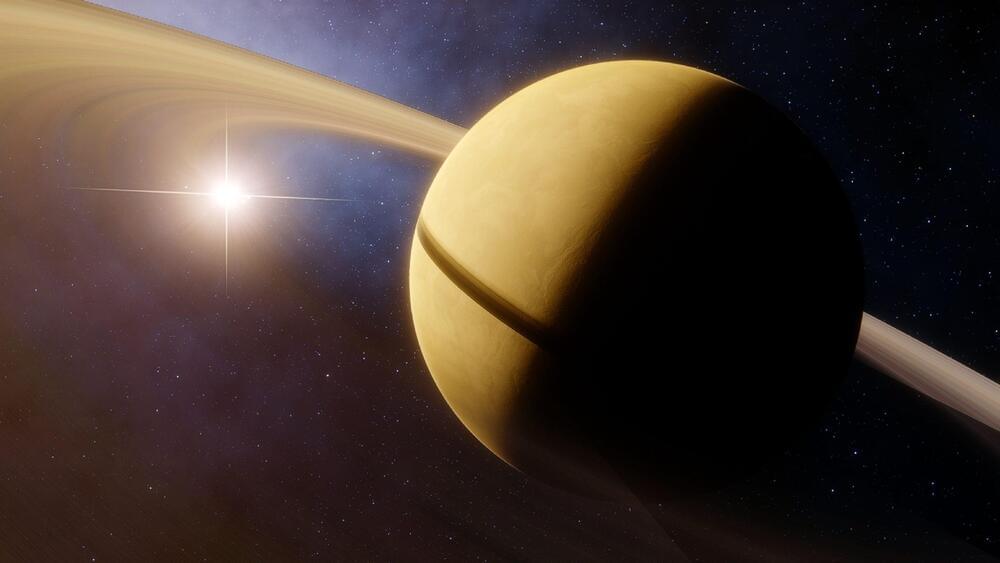
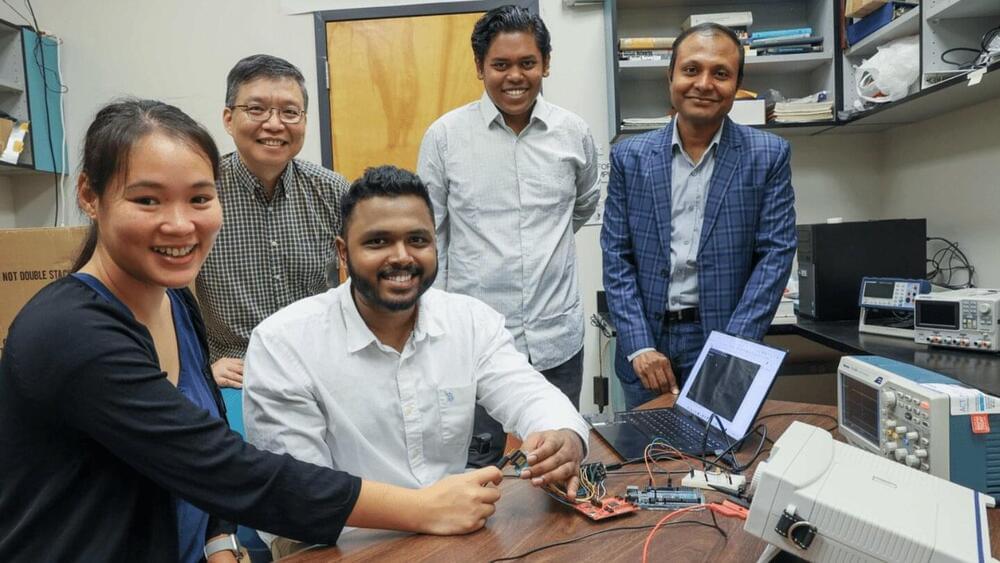
A new method of radiation-resistant computer data storage called watermark storage that’s been developed by a University of Alabama in Huntsville (UAH) professor leading a student team has direct applications in the nuclear power and space industries.
“Data-driven analytics are growing exponentially for space and nuclear environments,” says Dr. Biswajit Ray, an assistant professor of electrical and computer engineering at UAH, a part of the University of Alabama System.
He says the new storage system doesn’t rely on an electronic charge for NAND flash storage, as traditional data drives do. NAND stands for the “not and” type of flash memory, which is in common use. Interestingly, the watermark storage method requires no new components.